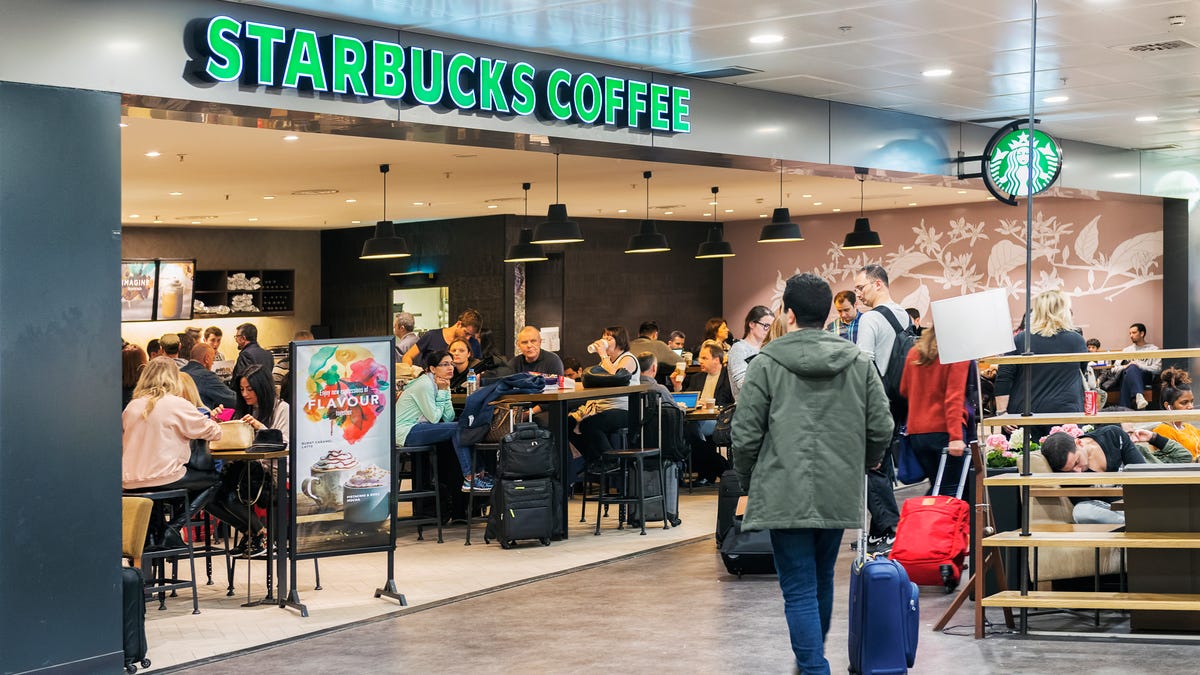Mediation on the Horizon: Starbucks and Workers United Seek Resolution Amid Contract Standstill
As contract negotiations between Starbucks and Workers United have reached a stalemate, both parties are now turning to mediation in hopes of breaking the deadlock. This pivotal move could reshape the future of labor relations within the coffee giant, signaling a new chapter in how corporations and unions interact in the face of rising worker activism.
The Current State of Negotiations
Negotiations between Starbucks and Workers United have been fraught with tension. Since the onset of unionization efforts within the company, workers have sought to negotiate better wages, improved working conditions, and enhanced benefits. However, Starbucks has been criticized for its response to these requests, often characterized as combative and unyielding.
As discussions stalled, both sides recognized the need for an external mediator to facilitate dialogue. Mediation can play a crucial role in labor disputes by providing a neutral party to help identify points of compromise and foster a collaborative atmosphere. The decision to pursue mediation reflects a willingness from both Starbucks and Workers United to find common ground, rather than allowing the situation to escalate further into conflict.
Why Mediation Matters
Mediation is a valuable tool in labor relations for several reasons:
- Facilitates Communication: An impartial mediator can help both parties articulate their concerns and interests more clearly, leading to a better understanding of each other’s positions.
- Encourages Compromise: Mediation creates an environment conducive to negotiation, where both sides are encouraged to make concessions for the sake of a mutually beneficial outcome.
- Preserves Relationships: By opting for mediation, Starbucks and Workers United can maintain a working relationship, which is often strained in adversarial negotiations.
The potential for a positive outcome through mediation is significant, especially in an industry that relies heavily on customer perception and employee satisfaction. A resolution could not only benefit Starbucks employees but also enhance the company’s public image and operational efficiency.
The Broader Context of Labor Relations
The predicament faced by Starbucks is part of a larger trend in labor relations across various industries. In recent years, there has been a noticeable increase in unionization efforts and worker activism, especially among younger employees. This shift is driven by several factors, including:
- Wage Stagnation: Many workers feel that their wages have not kept pace with the rising cost of living, prompting demands for fairer compensation.
- Demand for Better Working Conditions: Employees are increasingly vocal about workplace safety, burnout, and the need for mental health support.
- Desire for a Voice in the Workplace: Workers are seeking greater input in company policies and decisions that affect their jobs and lives.
Starbucks has found itself at the forefront of this movement, with numerous locations across the United States voting to unionize. The company’s response to these efforts has come under scrutiny, with critics alleging that it has engaged in anti-union tactics. As a result, the mediation process may also serve as a litmus test for how Starbucks intends to navigate this new landscape of worker rights and expectations.
Potential Outcomes of Mediation
The mediation process could lead to several outcomes, each with its implications for both Starbucks and its employees:
- Contract Agreement: The most desirable outcome would be a new contract that addresses workers’ demands, leading to improved morale and productivity.
- Further Negotiations: Mediation may result in a framework for continued negotiations, allowing both parties to explore options over a longer period.
- Increased Tensions: If mediation fails, it could lead to heightened tensions and further conflict, potentially resulting in strikes or other forms of worker action.
The stakes are high for Starbucks, as a failure to reach an agreement could have lasting repercussions on its reputation and operational stability. Employees are observing closely, and their responses to the mediation outcome will likely influence future labor relations within the company.
Looking Ahead: The Future of Labor Relations at Starbucks
As Starbucks and Workers United engage in mediation, the implications extend beyond the immediate contract negotiations. The outcome of this process could set a precedent for how large corporations manage labor relations in an era marked by increased activism and demands for equity.
Starbucks has long prided itself on its progressive branding and commitment to social responsibility. However, the company now faces a critical juncture; how it handles this situation could redefine its identity as an employer. A successful mediation process might not only resolve current tensions but also establish a framework for ongoing dialogue between management and employees, fostering a more collaborative workplace culture.
Conclusion
In conclusion, mediation on the horizon between Starbucks and Workers United represents a crucial step toward resolving a significant labor dispute. As both parties seek to break the current standstill, the outcome of this process holds the potential to reshape labor relations within the coffee giant and beyond. The emphasis on communication, compromise, and collaboration underscores a shifting landscape in the world of work, where the voices of employees are increasingly being heard and valued.
Ultimately, the success of this mediation will depend on the willingness of both sides to engage constructively and prioritize the interests of the workforce. As we observe the developments in this unfolding narrative, one thing is clear: the future of labor relations in the corporate world may depend on the outcomes of negotiations like these.
See more Business Focus Insider Team

